Sweet Dreams
Discovering the Wonderful World of Traditional Korean Pillows
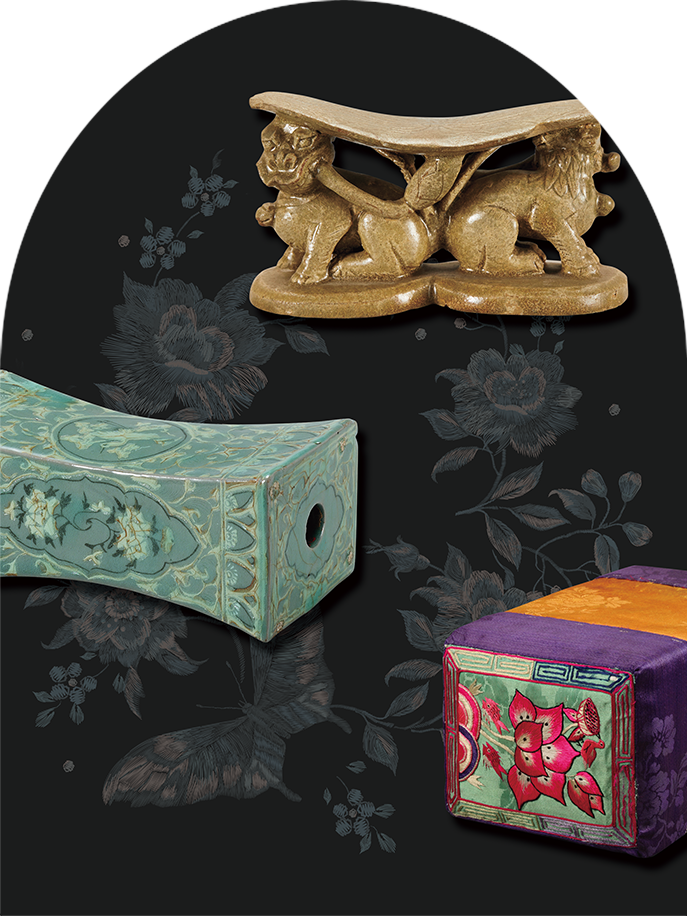
WRITTEN BY
Tim Alper
contributing writer
Photos courtesy of
National Museum of Korea
Korean pillows were once made of materials as diverse as wood and celadon, and decorated with everything from gold leaf to mother-of-pearl―and were every bit as eye-catching as fine furniture.
If, like me, you come from Europe, you might be in for a bit of a shock when you first visit a Korean jjimjilbang (sauna). Here, you’ll find plenty of places to relax on the floor. But instead of soft, feather-filled pillows, patrons are expected to lay down on blocks of wood.
Pillows made of wood might seem quite alien for modern Westerners, but this was not always the case. Those familiar with the Bible will remember the passage in Genesis that explains how Jacob used stones for pillows.
While this may sound extreme for 21st-century folk, it was actually quite common in biblical times to use pillows made of stone and other firmer materials.
Pillow Talk
It might sound strange to the people of today, but in the Korea of the past, wooden pillows were the height of luxury. In fact, one of the earliest known pillows ever to be found in Korea was found in a royal tomb―and was once used by a King!
Indeed, when archaeologists began exploring the tomb of the Baekje ruler Muryeong, who governed the Kingdom from 501 to 523, they were amazed to discover two pillows—one belonging to the king and the other to his wife.
These items were obviously highly prized: They were interred with the King and his royal consort and were not just any old chunks of wood. They were carefully crafted from high-quality timber and sculpted into an ergonomic form, and decorated with gold leaf and coated in lacquer. Such items would even help modern people sleep like a log.
The historical record’s next big clue about the origin and development of pillow craft comes from the writings of the 11th-century Chinese writer Xu Jing. This author traveled extensively around the Goryeo Kingdom, which encompassed the entire Korean Peninsula. During his voyage, Xu Jing records that he observed pillows made of celadon: jade-green colored pottery. Such items would have been hollow, which means they would need to have been treated with extreme care―there would have been no pillow fighting with these pieces.

Traditional pillows were made from many materials and in many shapes. © National Museum of Korean Contemporary History (left)
During the Joseon Dynasty (1392-1910), the Korean pillow continued to diversify. And as Korean society became increasingly hierarchized, an entire social stratum of craftspeople emerged to serve the needs of the noble classes.
Documents from the period indicate that the pillows in the royal court were embroidered with all sorts of wondrous flora and fauna-themed patterns. These included animals such as ducks and cranes, as well as fruit tree blossoms like peach, or blooming lotus or peony flowers. Phoenix and dragon patterns―which symbolized royalty and were reserved for monarchs—were also common in the royal palace.
Visitors to the Kyungwoon Museum in Seoul can see examples of similar items―here, embroidered pillow details feature gold lions and dragon patterns, as well as carved jade. A red satin cover indicates a piece made for a male royal, while a blue (the traditional color worn by queens and royal consorts) item on display would have been used by a female member of the royal family.
During this time, pillows were often box-shaped or octagonal, and were often extremely rigid. As such, artisans could decorate them with materials as diverse as leather, mother-of-pearl and hwagak—an intricate form of craftwork that makes use of strips of ultra-thin, flattened ox horn.
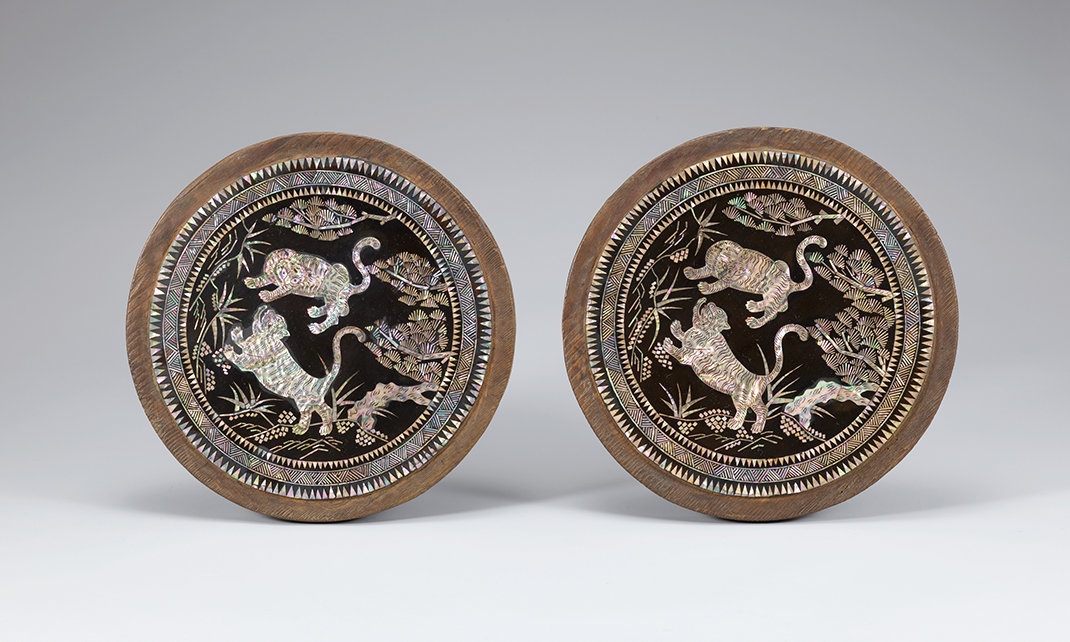
Mother-of-pearl designs adorn the sides of this traditional pillow.
Plush Pillows
While longer cylindrical shapes were more common than most other designs, it was not unusual to find round, square and crescent moon shapes. And if you dread the idea of trying to sleep on a slab of wood or a porcelain model that might look more like a vase than a modern pillow, you might be relieved to hear that some pillows at the time were relatively soft.
Indeed, it was not out of the ordinary in the Joseon era to find pillows that comprised cotton cases with fillings such as rice or buckwheat husks. On such designs, only the edges featured vivid decorations, with tassels and floral designs.
The front of the pillow was often decorated with Chinese characters symbolizing a wish for the sleeper to enjoy longevity, wealth, fertility or good health.
Husk fillings perform a powerful ergonomic function—essentially shaping themselves to the unique contours of an individual sleeper’s cervical spine and skull. But other filling materials were available, too. These included dried chrysanthemum flowers and other medicinal plants. This would seem to indicate that Koreans of the past were well aware—as modern science has recently proved - that the aromas given off by certain flowers can help treat insomnia.
And the medicinal power of some items is all too evident in the design of a pillow that features six holes, allowing air to flow in and out of the model. The design also helped to ease the pressure on the user’s head. Such pillows were usually used in the beds of the elderly or infirm—people who were bed-ridden or spent most of their days lying down.
In modern times, echoes of the past can still be felt. In fact, if you visit a Korean furniture store, you will find many pillow designs that harken back to centuries gone by. Dozens of models hit the market every year, many taking their inspiration from Joseon and Goryeo items. It’s proof that the country’s centuries-old culture and pillow-related innovation continue to help millions of Digital Age Koreans get a good night’s sleep!
Other Articles
-
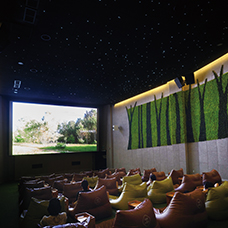
Special Ⅰ More Than Just the Big Screen
-
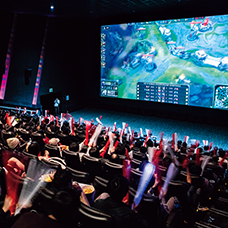
Special Ⅱ Multi-Content Multiplexes
-
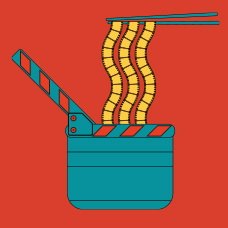
Trend Food on Screen
-
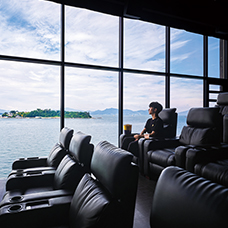
Hidden View Another Screen
-
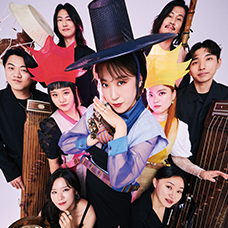
Interview Band Ak Dan Gwang Chil
-

Art of Detail Sweet Dreams
-
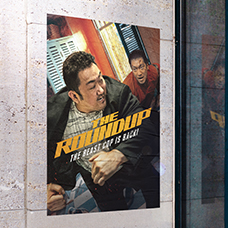
Film & TV The Roundup
-
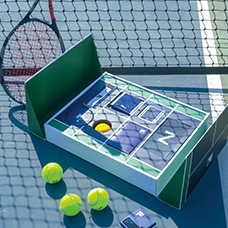
Collaboration Exclusive and Practical
-
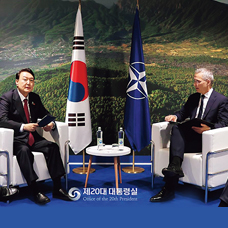
Current Korea Korea Bolsters Ties with NATO
-
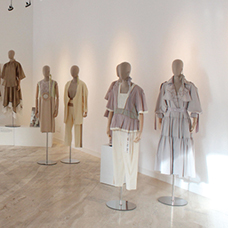
Global Korea Spain’s First K-fashion Exhibition
